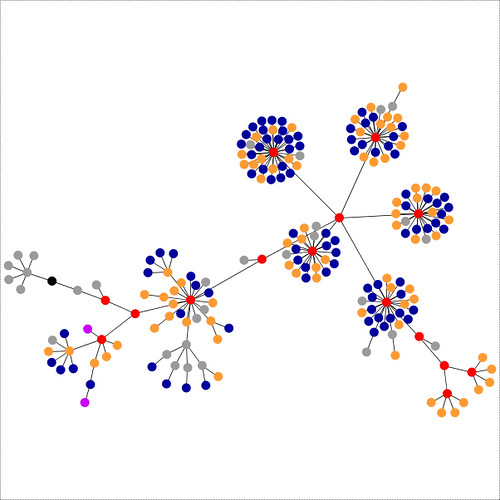
The Critical Path Method (CPM) is a widely adopted technique in project management that helps determine the longest stretch of dependent activities and measures them from start to end. By understanding which tasks are critical to the project’s timeline, managers can ensure resources are appropriately allocated. However, CPM is not the only tool in the project management arsenal. Here are some alternative methods and tools that professionals may consider:
-
Program Evaluation and Review Technique (PERT):
- Overview: PERT is often compared with CPM because both methods determine the sequence and duration of tasks. PERT uses a probabilistic approach, accounting for uncertainty and variability in task durations.
- Key Features:
- Uses three time estimates for each activity: optimistic, most likely, and pessimistic.
- Focuses on event sequencing rather than task duration.
- Emphasizes risk assessment.
- Usage: Best suited for projects with a high degree of uncertainty, like research projects.
-
Gantt Chart:
- Overview: A visual representation of tasks plotted against a timeline. It’s the most common tool for visualizing project schedules.
- Key Features:
- Graphically represents task durations.
- Shows overlapping tasks and dependencies.
- Provides a visual benchmark for project progress.
- Usage: Suitable for all types of projects, especially those where stakeholders require visual representations of the timeline.
-
Agile Project Management:
- Overview: A methodology rooted in the principles of adaptability and stakeholder involvement.
- Key Features:
- Iterative development in sprints or cycles.
- Focus on collaboration and feedback.
- Prioritizes tasks based on their value to the end user.
- Usage: Preferred for software development and other industries where client feedback is crucial and scope changes are frequent.
-
Lean Project Management:
- Overview: Focuses on maximizing value while minimizing waste.
- Key Features:
- Continuous improvement.
- Focuses on the streamlining of resources.
- Encourages a clear understanding of customer value.
- Usage: Highly beneficial in manufacturing but can be adapted to any sector aiming to optimize resources and eliminate waste.
-
Kanban:
- Overview: A visual tool that helps manage workflow and tasks.
- Key Features:
- Tasks are represented as cards that move through columns based on their status.
- Limitations on the number of tasks in each column to ensure flow.
- Real-time workflow visualization.
- Usage: Particularly useful in software development but can be adapted to any project where task flow management is crucial.
-
Critical Chain Project Management (CCPM):
- Overview: An adaptation of the Theory of Constraints applied to project management.
- Key Features:
- Focuses on resource constraints over task order.
- Builds buffers to protect the project timeline.
- Aims to reduce multitasking.
- Usage: Useful for complex projects where resources (people, equipment) are a primary constraint.
-
Six Sigma:
- Overview: A methodology that focuses on improving processes by eliminating defects.
- Key Features:
- Data-driven decision making.
- Structured phases: Define, Measure, Analyze, Improve, Control (DMAIC).
- Emphasizes process optimization and variability reduction.
- Usage: Particularly beneficial in manufacturing and service industries aiming for high-quality outputs.
While CPM is a powerful tool for project management, it’s essential to recognize that multiple methods can be used depending on the nature, size, and complexity of the project. The right tool depends on the specific requirements and constraints of each project. By understanding the nuances of each method, project managers can better adapt their strategies to ensure successful outcomes.